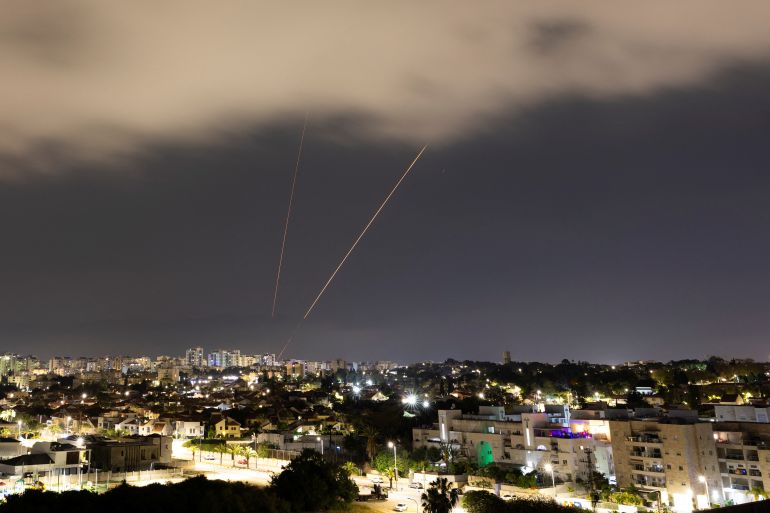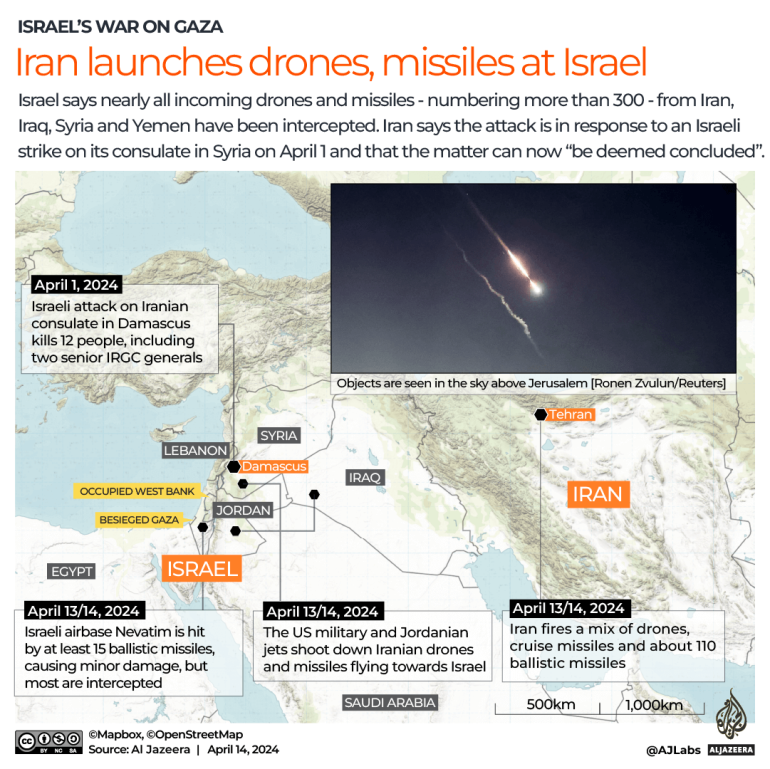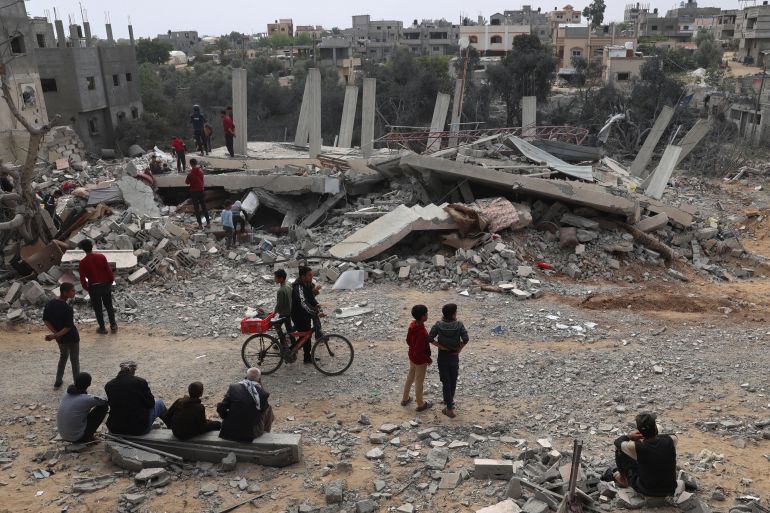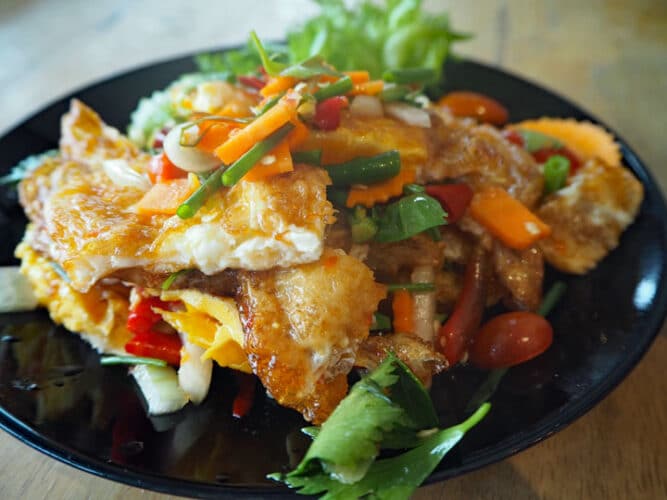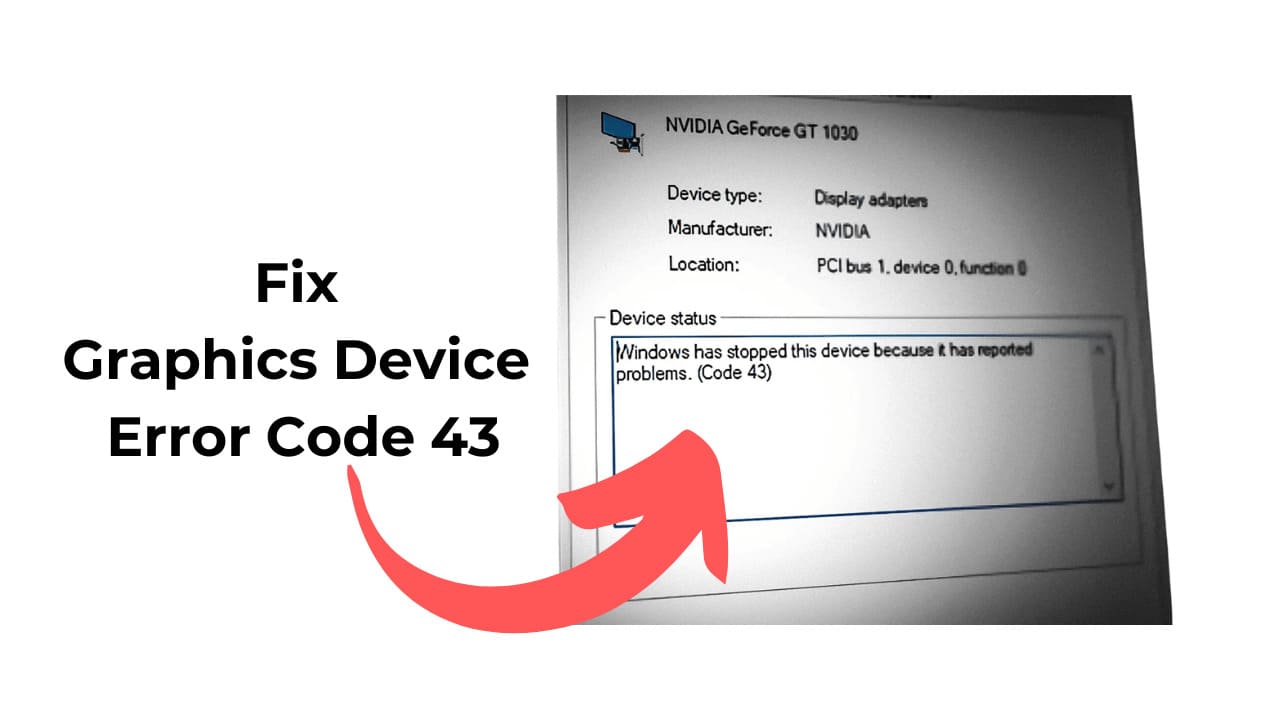
With miles of islands, sandy beaches, quaint villages, and a near-endless supply of fresh, local seafood, North Carolina’s Outer Banks may sound idyllic.
But if you’re living with diabetes and looking for a fresh bunch of kale, you’ll have your work cut out for you.
“I could walk to a harbor and buy fish and shrimp right off the boat,” Shelby Kinnaird, who moved to Hatteras Island in 2006, told Healthline. “Fresh, varied produce is what we lacked.”
When people think of a food desert, they tend to picture low-income urban areas. They don’t imagine a seashore like the Outer Banks.
Kinnaird once thought the same way, picturing a food desert as an area in a big city without grocery stories, where “folks have to shop for food at neighborhood bodegas,” she said. “But ‘food desert’ can also mean anywhere that has limited access to healthy foods.”
She had been living with type 2 diabetes for about 7 years when Kinnaird moved to the Outer Banks. The balancing act of diabetes management is never easy, but she was surprised by how hard it was to eat the type of diet she relied on to manage her blood sugar. Her knowledge and motivation hadn’t changed, but her food environment sure had.
Options for fresh produce were minimal: iceberg lettuce, apples, potatoes. There was no shortage of simple carbs and refined “white” grain products, but whole grain foods were few and far between. Seafood is certainly part of a healthy diet — but it’s not enough on its own.
Kinnaird knew that eating a nutritious diet helped her manage type 2 diabetes. The problem was how to get the foods she needed.
What’s a food desert?
Many factors influence a person’s ability to get enough of the right type of foods.
“Food desert” is the term often used to describe a community that has limited access to a variety of nutritious foods. Food deserts exist in every U.S. state.
The United States Department of Agriculture (USDA) has a system to locate food deserts. It highlights areas where people may struggle to access food.
To do this, the USDA compares the site of the nearest supermarket with the demographics of the surrounding areas.
In urban settings, a low-income area is marked as a food desert if the closest supermarket is more than 1 mile away. In rural settings, a low-income area qualifies if the supermarket is more than 10 miles away.
Transportation is a common challenge for many people living in these areas, whether rural or urban.
In general, it’s tricky for researchers to get an accurate picture of food access. Supermarkets are more likely to carry a range of fresh produce. That’s why they’re used as part of the definition.
A neighborhood bodega may carry a variety of healthy choices — or it may not.
Food access is a complicated thing. It’s about where and what types of foods are available. It’s also about employment, income, transportation, and the cost of food.
“Food security” is another big part of this conversation. Being food secure means you’re able to get enough of the right types of foods for you and your family.
The opposite is food insecurity, meaning you don’t have enough or are at high risk of not having enough food. According to 2018 USDA data, more than 11 percent of U.S. households are food insecure, representing more than 37 million people.

Some groups and communities face disproportionate levels of food insecurity, compared with the national average. Black, non-Hispanic households experience nearly double the rate of food insecurity, at 21.2 percent. More than 16 percent of Hispanic households are food insecure.
In general, households with children have a higher than average rate of food insecurity, especially those headed by a single parent.
People living in food deserts are also more likely to be food insecure.
Food deserts can include areas where some foods are widely available and other types aren’t.
The Outer Banks is a prime example of this. With no farms in the area, everything has to be trucked in. That task gets even harder during hurricane season.
Kinnaird recalled how difficult it was to find any fruits or vegetables that were fresh or locally grown.
In nice weather, the Outer Banks is tourist heaven, filled with ice cream stands, fudge shops, and restaurants serving big portions of starchy, fried foods.
Fun for vacation. Not so great for your everyday meals.
Living with diabetes in a food desert
Food intake plays a huge part in managing diabetes.
People in food deserts have a hard time accessing or affording the best foods for good health. The American Diabetes Association (ADA) has guidelines for healthy eating with diabetes. For example, they recommend eating more:
- nonstarchy vegetables
- unprocessed foods
- whole grains
These foods are great sources of nutrients and fiber. Foods with fiber are digested more slowly and help to prevent blood sugar spikes after meals.
In general, processed foods are more widely available everywhere. They’re shelf-stable and often cheaper. Processed foods also tend to be much lower in fiber and other nutrients.
The bottom line? People in food deserts get stuck with more processed foods and have a tougher time managing diabetes.
Research confirms it. Studies have focused on participants’ A1C test results, a way to measure average blood sugar levels over the past 3 months. A 2018 study linked being food insecure, a reality for many people in food deserts, with a higher A1C.
A 2017
Starting a farmers market and community garden
Kinnaird wasn’t the only one who noticed the lack of fresh fruits and vegetables in the Outer Banks. A grassroots group was already looking for ways to improve access to fresh produce in the area.
“Once I heard what they were trying to do, I got excited.” Kinnaird, an experienced web designer, offered to build their website.
That group became the nonprofit organization Coastal Harvesters and applied for a USDA grant. “When the press release went out that we were awarded nearly $30,000, people had a lot more respect for what we were doing!” she laughed.
A farmers market came first, followed by a community garden. Along the way, the group faced challenges, from finding the right land to the regulatory hurdles that come with selling food.
Kinnaird offered straightforward advice for anyone looking to start similar projects: Get local officials on board, follow regulations, and make sure contracts cover every detail, right down to who pays the water bill.
She also suggested looking for local master gardeners who want to be involved. “They need to perform a certain amount of community service and are usually eager to help.”
In the end, the group’s efforts were worth it. Kinnaird loved seeing how the community benefited from working in the garden, especially the youngest gardeners.
“It was fun to work with kids,” Kinnaird remembers. “We’d show them ‘weird’ vegetables and have them guess what they were. Several times when we went back to the garden, we’d find kids had brought their parents to see it.”
Shortages beyond food
Even with a successful farmers market and community garden, the Outer Banks isn’t an easy place to live with a chronic health condition. Kinnaird experienced challenges beyond food access. It was also hard to get the healthcare and support she needed.
One example: There was no endocrinologist in the area.
“My diabetes care was handled by a primary care physician,” said Kinnaird. “This doctor had to deal with every type of medical situation that might come up, like removing fish hooks from fingers.”
There was also no local support group. She knew that connecting with others who live with diabetes was important for her, but the closest group she could find was nearly 50 miles away. Despite the distance, Kinnaird said it was worth it. “I learned the value of peer support.”
Seeking out peer support also led Kinnaird to connect with DiabetesSisters. The organization is dedicated to creating supportive networks for women with diabetes and prediabetes, and they recognize that peer support is an essential part of diabetes management.
Today, Kinnaird is a leader for two DiabetesSisters chapters in Virginia, where she now lives. Chapters are known as PODS which stands for Part of DiabetesSisters. There are DiabetesSisters PODS across the United States for in-person and virtual meetups.
Finding better food and support, wherever you live
The factors that lead to food deserts, food insecurity, and healthcare shortages go beyond the individual. They’re rooted in bigger social issues.
For Kinnaird, it was helpful to focus on things she could do to improve her health and help her community, despite the barriers.
“While access to healthy foods is somewhat out of your control, there are other things you can do to manage diabetes,” she said. “Watch your portions. Manage stress, get plenty of exercise. Drink lots of water. Get enough sleep. Find a peer support group. Test your blood sugar. Keep track of the number of carbs you eat.”
Even in a food desert, it’s still possible to find some foods that can help manage diabetes. Using canned or frozen vegetables instead of fresh is an option.
Find other ways to get fiber in your diet if whole grains, fruits, and vegetables aren’t available. Good sources of fiber that are widely available include:
- bran cereals
- oats
- seeds
- popcorn
- beans
If you’re looking for inspiration, Kinnaird has a few more ideas. You can check out the fiber-rich recipes on the blog she founded, The Diabetic Foodie. Her newest project is hosting digital “cooking experiences” where she and her guests chat and cook a recipe together.
Another option is to start growing your own vegetables. Container gardening is a popular way to grow food if your space is limited. You can also check for community gardens in your area.
Beyond nutritious foods, look for options in your area to find emotional support. “The mental health side of managing diabetes is often overlooked,” Kinnaird noted. Supportive communities like DiabetesSisters can help you connect with others coping with similar challenges.
The takeaway
Improving access to healthy food and community support often starts with the great ideas of a few concerned people. Everyone deserves access to good food and good health, whether you live in a bustling urban neighborhood or a rural seaside community. It’s even more vital if you’re managing a chronic health condition like diabetes.
For Kinnaird, focusing on what she could change — not what she couldn’t — made a difference. Many factors are outside of our control. Given your own circumstances, she advised, “Make the healthiest choices you can.”
If your area faces food access issues or other shortages, be one of the people to start the conversation and reach out to others for help. Share your ideas for change and see what you can grow.


